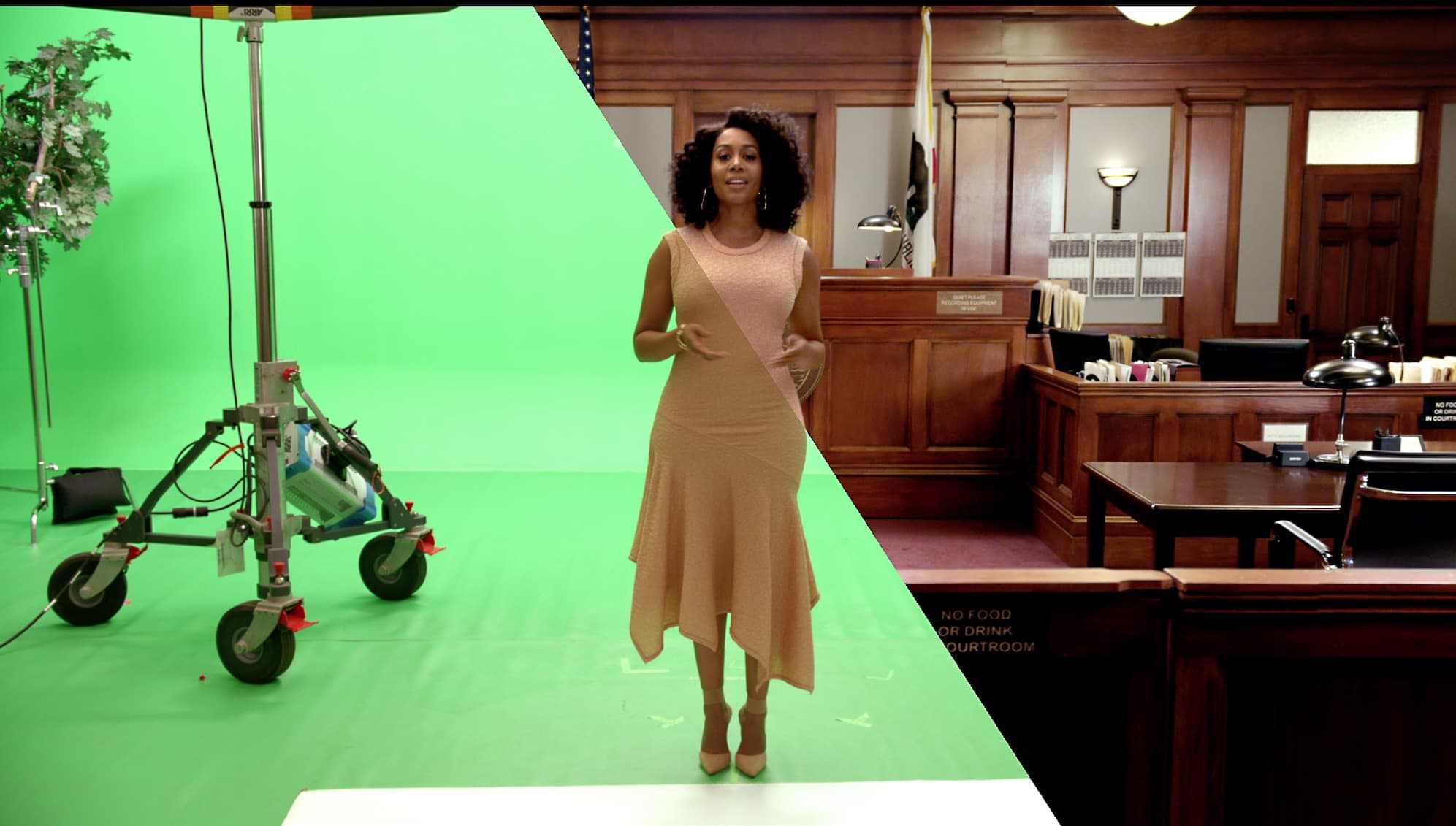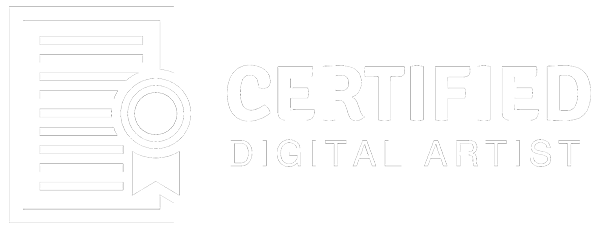What is a Real-Time Artist?
A real-time 3D artist draws upon the skills that are commonly found in the production pipeline to create content or assets in a real-time environment. Unreal Engine is the most widely used program for real-time artists. It features a built-in environment that allows them to easily transition into the virtual world.
To better understand what a Real-Time Artist is, it's important to understand the term Virtual Production. There are various forms of virtual production, each of which has its own unique characteristics. Back-projection was a method of creating an environment on a soundstage, but it was largely replaced by the use of green screen technology. Today, virtual production is commonly used to give creatives complete control over a scene, from the weather to the perspective.
Virtual production can be used to overcome various creative constraints and achieve a non-linear production process. With virtual production, the filmmakers can experiment and visualize shots with immediate feedback, while the actors benefit from being able to interact with the virtual actors in real time.
At its core, today's virtual production processes leverage the latest in gaming technology and provide filmmakers with an immersive environment that allows them to make real-time decisions. This technology allows the production to move seamlessly from one immersive environment to another, without leaving the stage.
Entry Level Skills & Capabilities
The following information outlines the exact skills you need to demonstrate as a Certified Digital Artist. You must be proficient and capable of completing all these skills and capabilities.
1. Communication skills
- Strong communication skills to describe and present your work with confidence
- Willing to show progress frequently and able to receive and discern feedback objectively
2. General Skills
- Experience or interest in the creation of VR & AR experiences
- Knowledgeable of real-time/interactive production workflows and tools
- Ensure that VFX design and implementation meets run-time and performance budgeting requirements.
- Preview work in-engine & on various hardware platforms. Iterate, optimize, and polish to quality and visual direction set by the creative leads.
- Strong artistic & technical problem-solving skills, able to adapt and learn new processes and technical skills
- Ability to use digital cameras and lighting techniques in game engine
- Bonus: Participate in concept testing of new ideas and building of rapid prototypes
3. Modeling
- Capable of building real-time assets and landscapes in game engine
- Demonstrate a good sense of scale with elements in a given environment
- Bonus: Generate displacement and normal maps from scan data and high-resolution models.
- Bonus: Ability to capture and work with photogrammetry image sets and convert them to usable 3D geometry and digital cameras.
5. Texturing / Materials
- Able to generate textures from scratch and match an established style
- Preparing UVs to make the texturing process efficient and organised: Ability to review and layout UVs ( Overlapping UVs, Non-symmetrical, Outside 0-1, )
- UV layout knowledge such as UV ratio (texel density) and resolution required: Understanding placement of seams
- UVs grouped based on material types
- Basic understanding of different maps/channels and how they work in look-dev: specular, bump and how they react once connected to a shader
- Bonus: The ability to create detailed textures in a Physically Based Rendering (PBR) system.
- Bonus: Ability to create stylized smart materials and textures in Substance Painter, Substance Designer, 3DCoat, or Houdini.
6. Shader Knowledge
- Experience creating and using real-time shaders
- Use generated texture maps to build basic shaders for look-dev
- Understand what texture maps are used to support look-dev and how to prepare shader files for lighting
6. FX Simulations
- Create and implement dynamic and compelling real-time effects animations, simulations, particle systems and shaders.
8. Mathematics
- Basic understanding of logic such as conditions and remapping of values
- Bonus: Knowledge of physics, linear algebra, and related algorithms

Traditional Proficiencies
- Proficient using drawing tools such as pencils, pens, and paper.
- Proficient using painting tools (easels, paint brushes, paints)
Software Proficiencies
Ability to use one or more of the following software packages:
- Unreal Engine
- Unity
- Houdini
- Autodesk Maya
- Autodesk 3dsMax
- Photoshop
- Bonus: Substance Suite
- Bonus: Zbrush
Language Proficiencies
Basic ability to use one or more of the following coding languages:
- Python
- Bonus: C, C#, C++
Prerequisites
These skills are equally important in terms of your understanding and ability to do this role. Although they are not skills or knowledge that is officially certified, it will be obvious to recruiters and Certified Digital Artist(CDA) reviewers if you have knowledge in these areas.
Art Fundamentals
- Perspective
- Lighting
- Composition
- Anatomy
- Colour Theory
- Form
Life Skills & Communication
- Thinking Critically
- Communication Skills
- Conflict Management
- Taking initiative
- Collaboration
- Time Management

Portfolio Projects
Roles in Creative Media & Entertainment industries are quite different to traditional roles. As a Digital Artist, you need to prove your creative and technical abilities which requires an online portfolio filled with projects that showcase your work. One or more of the following projects should be included in your digital portfolio to demonstrate your skills and abilities to perform the required skills of this role.
- Examples of natural and organic effects (smoke, fire, waterfalls).
- Examples of fantastical effects animation (spells, explosions).
- Examples of rigid or soft body dynamics.
- Effects/shaders created in a game engine.
- Examples of real-time environments that match a given design brief of collection of reference material


